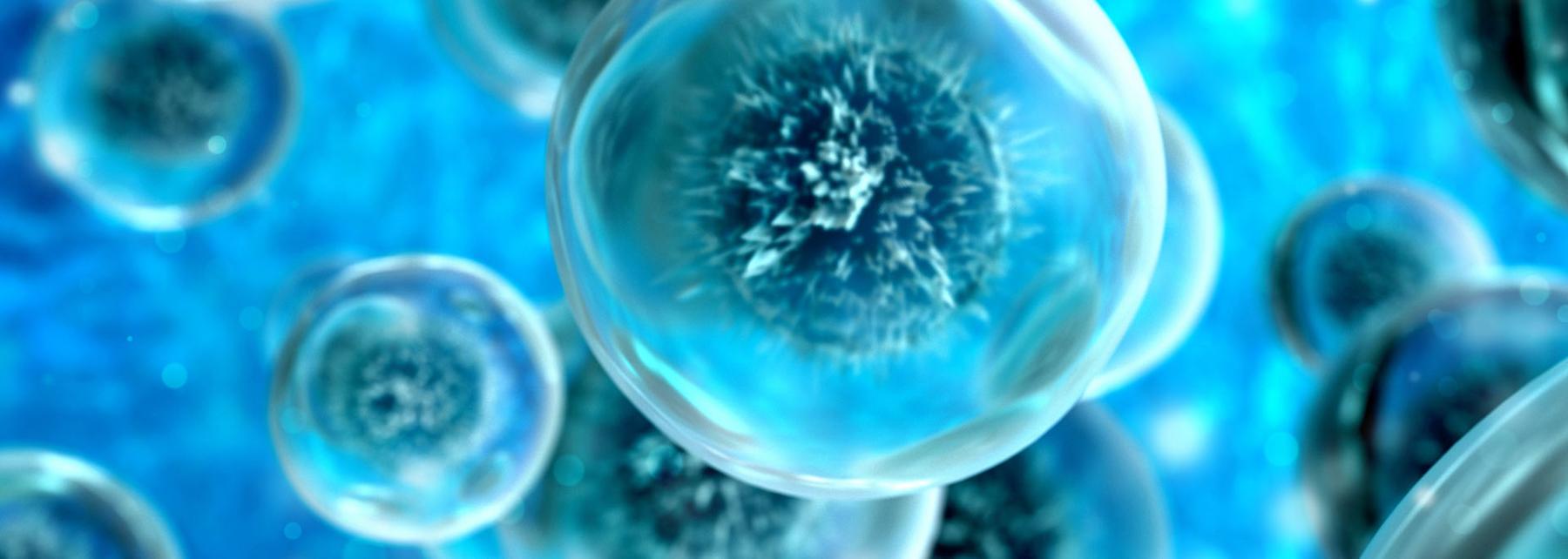
Modeling Cellular Respiration: How is the Mitochondrion the "Powerhouse" of the Eukaryotic Cell?
by Cristi Sims
This is best for high school AP/IB/Honors Biology students for using clay and miscellaneous items to model and then film their model of Cellular Respiration to better understand how the Electron Transport Chain generates energy in the form of a proton gradient that allows for simple diffusion of those protons through ATP Synthase which turns and attaches a phosphate group to ADP thus creating ATP, the chemical "power" of cells.
Lesson Plan Link/URL
https://docs.google.com/presentation/d/1dSBeYkBGJbZWCA4XSf1xw7hwnsUtRUYz/edit?u…Related Content

Grades:
7th Grade, 8th Grade, 9th Grade, 10th Grade, 11th Grade, 12th Grade
Students will use projectile motion as practical example to better understand how parabolas (quadratic equations) are built. Students will also tabulate x and y values on Google Spreadsheets and graph

Grades:
9th Grade, 10th Grade, 11th Grade, 12th Grade
A high school physics lesson plan asking students to use guided inquiry and discover how current moves through series and parallel circuits. Students then share their results by using technology to

Grades:
9th Grade, 10th Grade, 11th Grade, 12th Grade
A high school physics lesson plan that uses guided inquiry to help students explore the changes in potential difference across resistors connected in series & parallel.